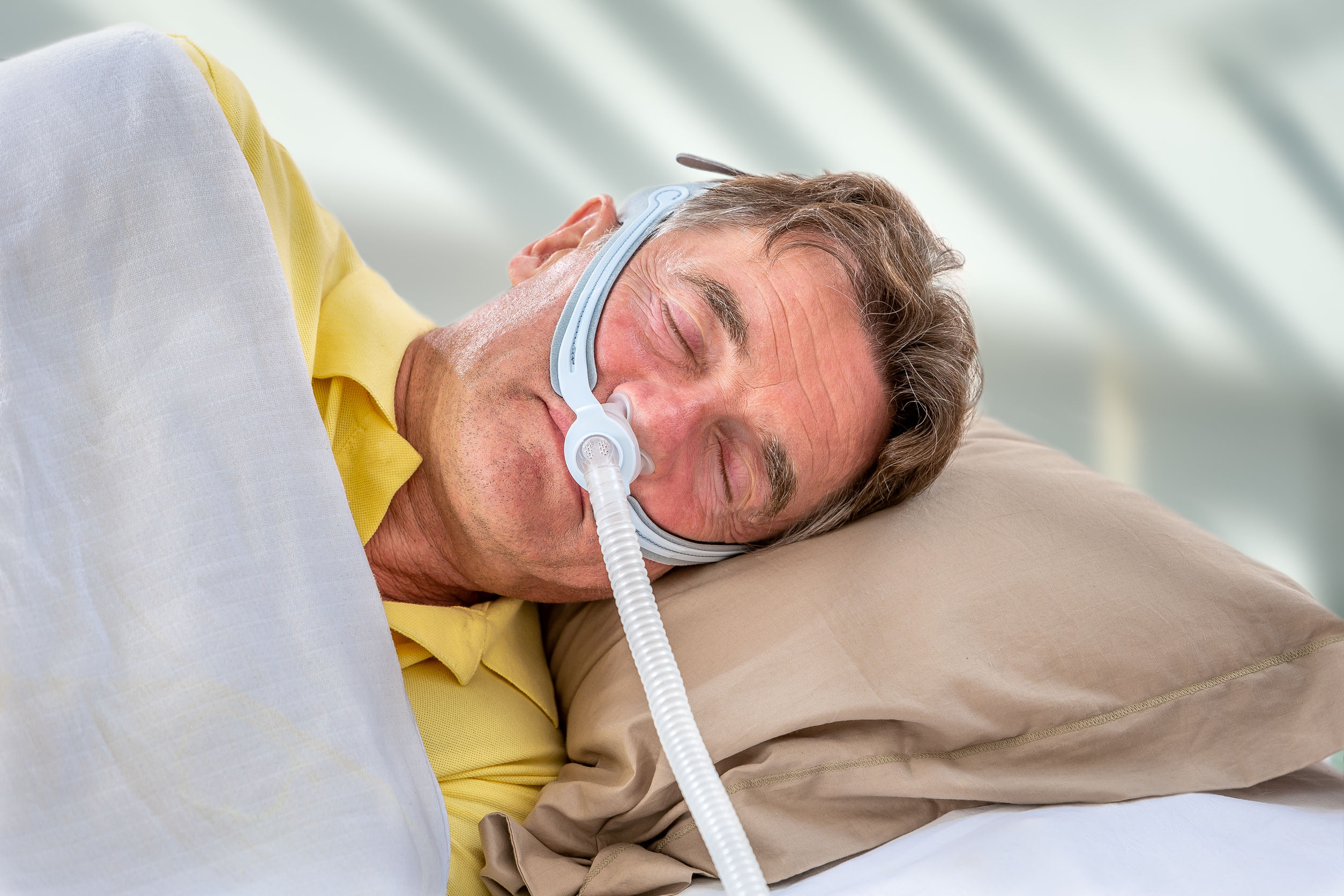When something blocks all or a portion of your upper airway while you’re sleeping, it leads to obstructive sleep apnea. In order to widen the airway and draw air into the lungs, the diaphragm and chest muscles must exert more effort. You might start breathing very shallowly or even stop breathing for a brief period of time. Usually, you snort, gasp, or jerk your body to start breathing again. You might not sleep well, but you won’t likely be aware of it. Utilized to treat sleep disorders that result in excessive sleep is Waklert 150.
The condition can result in irregular heartbeats in addition to reducing oxygen delivery to your organs.
Signs of Obstructive Sleep Apnea
Obstructive sleep apnea is typically characterised by the following symptoms: daytime sleepiness or exhaustion; dry mouth or sore throat upon awakening; morning headaches; difficulties focusing, forgetfulness, melancholy, or irritability; nighttime perspiration; and restlessness while sleeping. Sexual issues like a low libido, snoring, difficulty rising from the bed in the mornings, and a feeling of choking or gasping
More Obstructive Sleep Apnea Symptom:
Frequent urination in the middle of the night
High blood pressure
The term “GERD” stands for gastroesophageal reflux disease (GERD)
If you share a bed, it’s possible that your partner will become aware of your sleep apnea before you do.
Children’s symptoms might be less obvious.
Bedwetting, drooling, choking, excessive nighttime sweating, and inward movement of the rib cage during exhalation are a few examples.
Learning and behaviour issues include:
- Problems in the classroom Snoring, clenching of the teeth, restlessness in bed, pausing or stopping breathing, and odd sleeping positions like being on one’s hands and knees or with the neck arched far back are all signs of sluggishness or drowsiness.
What causes Obstructive sleep apnea ?
When the muscles controlling your airway relax too much, the throat narrows and obstructive sleep apnea results. You briefly awaken in order to reopen your airway, but you won’t remember doing it. This might happen several times an hour.
Obesity, enlarged tonsils, and medical conditions like endocrine disorders and heart failure are additional causes of obstructive sleep apnea.
Factors that raise the risk of obstructive sleep apnea
Obstructive sleep apnea can affect anyone.
When you take the following actions, the likelihood rises:
Having a thick or hefty neck
Having asthma
Smoking
Diabetes and hypertension
A higher risk of developing heart failure or having a stroke
Narrower airways in the nose, throat, and mouth a buildup of drooping, excessive throat tissue that blocks your airway.
Employ a big tongue
Therapy for Obstructive Sleep Apnea
If necessary, weight loss could be used as a treatment for obstructive sleep apnea. Even a 10% weight loss can be beneficial.
Artivigil 150 tablets increase the possibility that your airway will close off while you’re sleeping, keeping you from breathing normally for a long time.
Your side is where you are sleeping. If you experience mild sleep apnea while lying on your back, this may be helpful.
nasal sprays for inhalation. These may be useful if breathing while sleeping is difficult due to sinus issues or nasal congestion.
Recommendations for Obstructive Sleep Apnea
If so, you may suffer from obstructive sleep apnea (OSA), a condition in which your upper airways narrow while you’re asleep, obstructing your breathing and depriving you of oxygen until you wake up and start breathing again. A little under 18 million adult Americans have sleep apnea.
What signs and symptoms are related to sleep apnea?
According to experts, sleep apnea has a number of widespread symptoms.
Symptoms of Sleep Apnea
Wheezing, snoring, and fatigue
There are three main signs of obstructive sleep apnea:
Recurrent and audible snoring
Excruciating fatigue during the day; breathing pauses and gasping episodes while sleeping Around one billion people worldwide suffer from obstructive sleep apnea (OSA).
Reliable Biotechnology Information from the National Library of Medicine
The National Center for Biotechnology By making biological and genetic data accessible, information advances science and health.
View Merck Manual MSD Manuals, along with two to nine percent Verified Source. View Experts believe that the true prevalence is significantly higher because the vast majority of cases go untreated. Breathing disturbances associated with OSA are linked to serious health consequences if left untreated.
Trustworthy source
Medical research is conducted and supported by the National Institutes of Health (NIH) (NIH)
The Department of Health and Human Services’ National Institutes of Health (NIH) conducts medical research on behalf of the country and makes discoveries that enhance health and save lives.
Check the source. As a result, it’s critical to recognise the signs of sleep apnea and know when to get help from a doctor. Learn more about obstructive sleep apnea (OSA), which can improve your quality of sleep at night, including its causes, symptoms, and available treatments.
visit : Internet info




